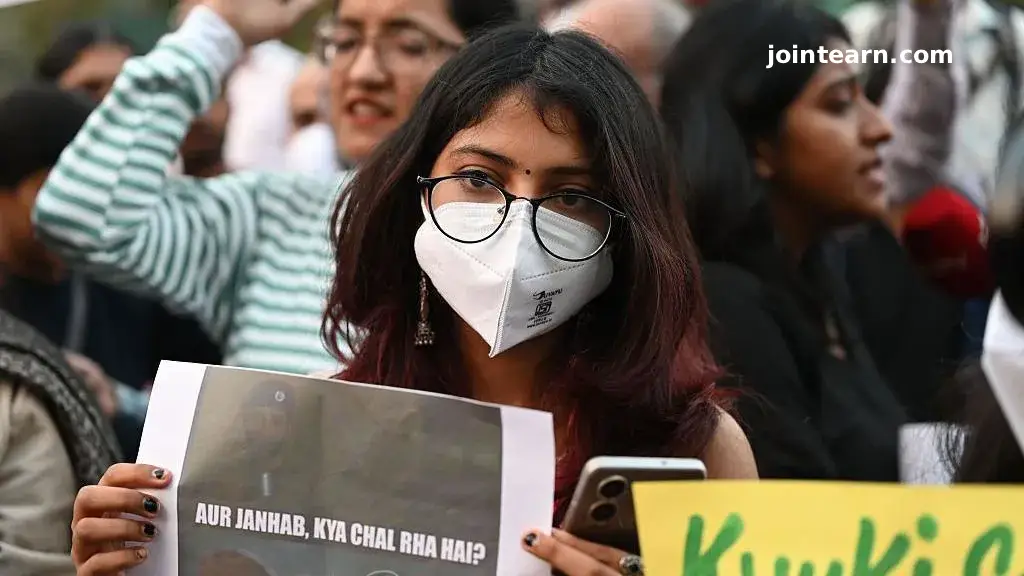
Hundreds of residents staged a rare protest in New Delhi on Sunday, demanding urgent government action to tackle the city’s worsening air pollution. Around 80 protesters were briefly detained near India Gate for gathering without permission, but were later released.
Record-Breaking Pollution Sparks Public Outcry
Delhi’s Air Quality Index (AQI) has hovered between 300 and 400 over the past three weeks, meaning the city’s residents are exposed to levels 20 to 30 times higher than the World Health Organization’s safe limit. According to Swiss air quality company IQAir, some private monitors reported AQI readings between 414 and 507, classifying the air as hazardous.
The poor air quality is primarily due to vehicular emissions, dust, and industrial pollution, compounded in winter by farmers burning crop stubble in surrounding states. Slow winds trap pollutants close to the ground, creating a toxic smog that affects millions.
Protesters Demand Action
Approximately 400 men, women, and children participated in the demonstration, holding banners with slogans such as “Right to live, not just survive” and “Life in Delhi: Take birth, breathe, die.” Many wore gas masks to symbolize the health risks posed by pollution.
Environmental activists, opposition leaders, university students, and journalists joined the protest, calling for the government to declare a health emergency and implement stricter anti-pollution measures. Bhavreen Kandhari, a Delhi-based activist, said, “This is about our children… My children will live 10 years less than their cousins in other cities who breathe cleaner air.”
Government Response and GRAP Measures
Delhi currently operates under the Graded Response Action Plan (GRAP), a government initiative to curb pollution. While the second level restricts diesel generator use and burning of coal or firewood, the third level — which would ban non-essential construction and diesel vehicles — has not been implemented despite hazardous air quality.
Delhi’s Environment Minister Manjinder Singh Sirsa said the government is actively taking steps, including installing anti-smog guns on high-rise buildings, sprinkling water to mitigate dust, monitoring construction sites, and increasing the use of electric buses in the city’s public transport fleet.
Protesters, however, argue that these measures are insufficient, pointing out that temporary solutions such as sprinkling water on roads and cloud-seeding attempts do little to combat the underlying pollution crisis.
A Persistent Health Crisis
The protest underscores a growing public frustration with Delhi’s chronic air pollution, which poses serious health risks including respiratory illnesses, heart disease, and reduced life expectancy. With winter approaching and Diwali celebrations adding to smog levels, environmental activists warn that urgent and enforceable measures are needed to prevent further deterioration.


Leave a Reply